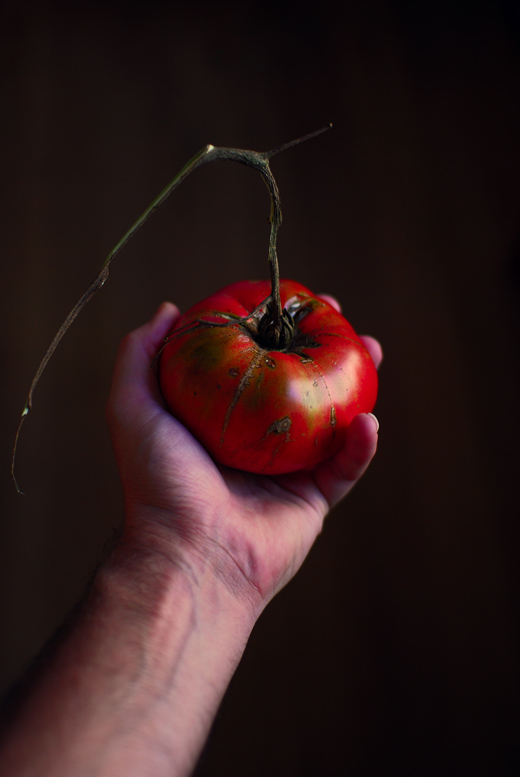Carotene. However, if you happen to come across heritage varieties, you’ll notice carrots run through a spectrum of white through to yellow to hues of deep purple. So what caused the dominance of the orange carrot? Ex-Cambodia Daily editor and current Washington Post staffer Suzy Khimm delves into the political history of the carrot, which traditionally links the rise of orange variety to the Dutch House of Orange – a tale which may be of questionable authenticity:
As it turns out, the political history of carrots is more murky and complicated. The World Carrot Museum–an unsigned, virtual repository of information that Next Nature cites in its original post–calls the link to the House of Orange an “apocryphal” tale dreamed up by historians, though it fails to provide any specific citations for its own conclusion.
What is clear, however, is that the Dutch themselves have used the orange carrot as a political weapon during the rise and fall of the House of Orange. According to historian Simon Schama, in the late 18th century, the Dutch Patriot movement that revolted against the House of Orange saw the vegetable as an offensive tribute to the monarchy. After forcing the reigning descendent of William of Orange to leave the Hague, the Patriots declared that orange was “the color of sedition…carrots sold with their roots too conspicuously showing were deemed provocative,” Schama writes in his book, “Patriots and Liberators.” To this day, many in the Netherlands attest that orange carrots were originally a tribute to the House of Orange, as various Dutch tourism outfits will attest.
Orange carrots don’t get mentioned in literature until about 1100.


